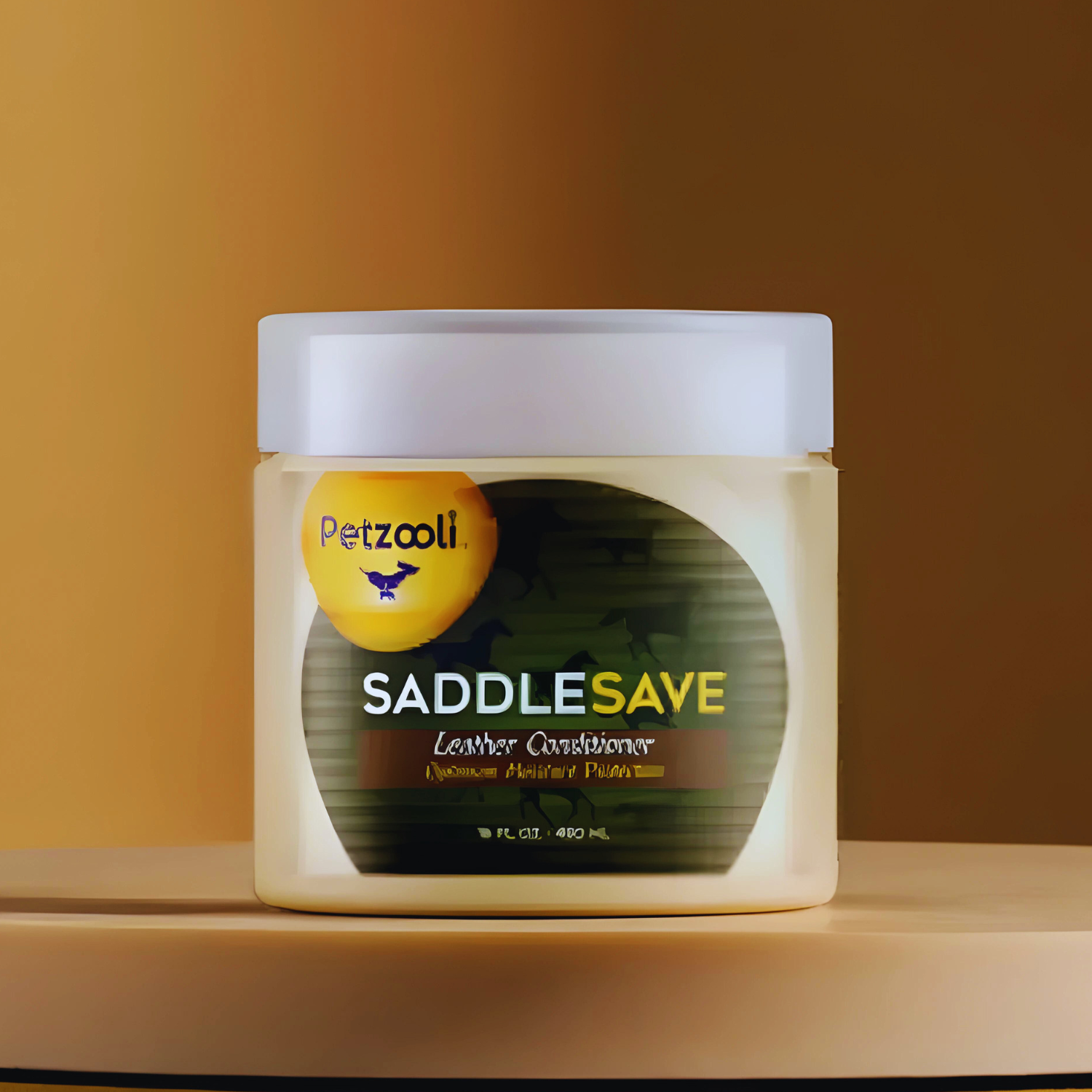
What is the White Line on a Horse Hoof and Why It Matters?
Share
Understanding your horses hoof health is essential for any health-conscious pet owner. One significant aspect to consider is the white line on a horse hoof. This line is not just a simple feature; it plays a crucial role in the overall well-being of your equine friend. In this article, we will dive deep into the details of the white line on a horse hoof, its significance, related health issues, and how to care for your horse's hooves.
The white line, scientifically known as the hoof wall's laminar junction, can give you insights into various aspects of your horse's foot health. From identifying good hoof conditions to potential issues like hoof trimming, understanding the white line is essential. The white line appears at the hoofs perimeter where the hoof wall meets the sole, and maintaining its integrity is key to ensuring the horses comfort and performance.

Understanding the Anatomy of a Horse Hoof
Before we delve deeper into the details of the white line, it's important to understand how a horse's hoof is structured. The hoof consists of several parts: the hoof wall, the sole, the frog, and the laminae. Each component serves a vital role in supporting the horse's weight and facilitating healthy movement.
The hoof wall is the tough, outer structure of the hoof that protects the internal parts. The sole provides protection from debris and helps in weight distribution. The frog plays a crucial role in shock absorption. However, its the laminae, which includes the white line, that connects the hoof wall to the coffin bone within the foot.
What is the White Line?
The white line is a visible border that you can observe where the hoof wall meets the sole. It's typically whitish or light in color and can vary in width and texture. The condition of the white line can indicate the overall health of the horse's hoof. A healthy white line should be tightly sealed, preventing moisture and debris from entering the hoof interior.
**Things to keep in mind** about the white line include:
- Integrity: A solid white line indicates that the hoof is in good shape.
- Signs of Distress: A brittle or crumbly white line may signal issues that need to be addressed.
- Regular Maintenance: Keeping the white line healthy requires consistent hoof care and attention.

Common Issues Related to the White Line
Several health issues can arise concerning the white line, and pet owners need to be vigilant. One such issue is white line disease, a fungal infection that affects the laminae, resulting in separation of the hoof wall from the inner hoof. This disease can lead to serious problems if not treated promptly.
Other issues include hoof abscesses and laminitis. Both conditions can severely impact your horse's mobility and overall well-being. Regular hoof checks, including inspection of the white line, can help catch these conditions early.
How to Maintain Healthy Hooves
A proactive approach to hoof care can prevent many issues related to the white line. Here are some tips:
- Regular Trimming: Scheduling regular hoof trims with a qualified farrier is essential. Proper trimming helps maintain the shape and integrity of the white line.
- Clean Environment: Keeping your horses living area clean can reduce the risk of hoof infections.
- Proper Nutrition: Ensure your horse receives a balanced diet to support hoof health. Nutrients like biotin can promote strong hoof growth.
For detailed insights on how to care for your horse, you can read how to take care of a horse.

Signs of Healthy Hooves Versus Problematic Hooves
Recognizing the difference between healthy and unhealthy hooves can make a significant difference in your horse's health. Healthy hooves have a tight, clean white line, while problematic hooves often show signs of separation, cracks, or discoloration.
Other signs to watch for include:
- Unusual changes in hoof shape.
- Discoloration along the white line.
- Excessive wear on any area of the hoof.
FAQs About Horse Hoof Health
1. What causes white line disease in horses?
White line disease is primarily caused by fungal infections, often exacerbated by poor hoof care, wet environments, and a lack of proper trimming.
2. How often should I check my horse's hooves?
It's best to check your horse's hooves at least once a week. Regular inspections help you identify any problems early.
3. Can diet affect my horse's hoof health?
Yes, a well-balanced diet is crucial for maintaining strong and healthy hooves. Nutritional deficiencies can lead to poor hoof quality.
As an Amazon Associate, I earn from qualifying purchases.
